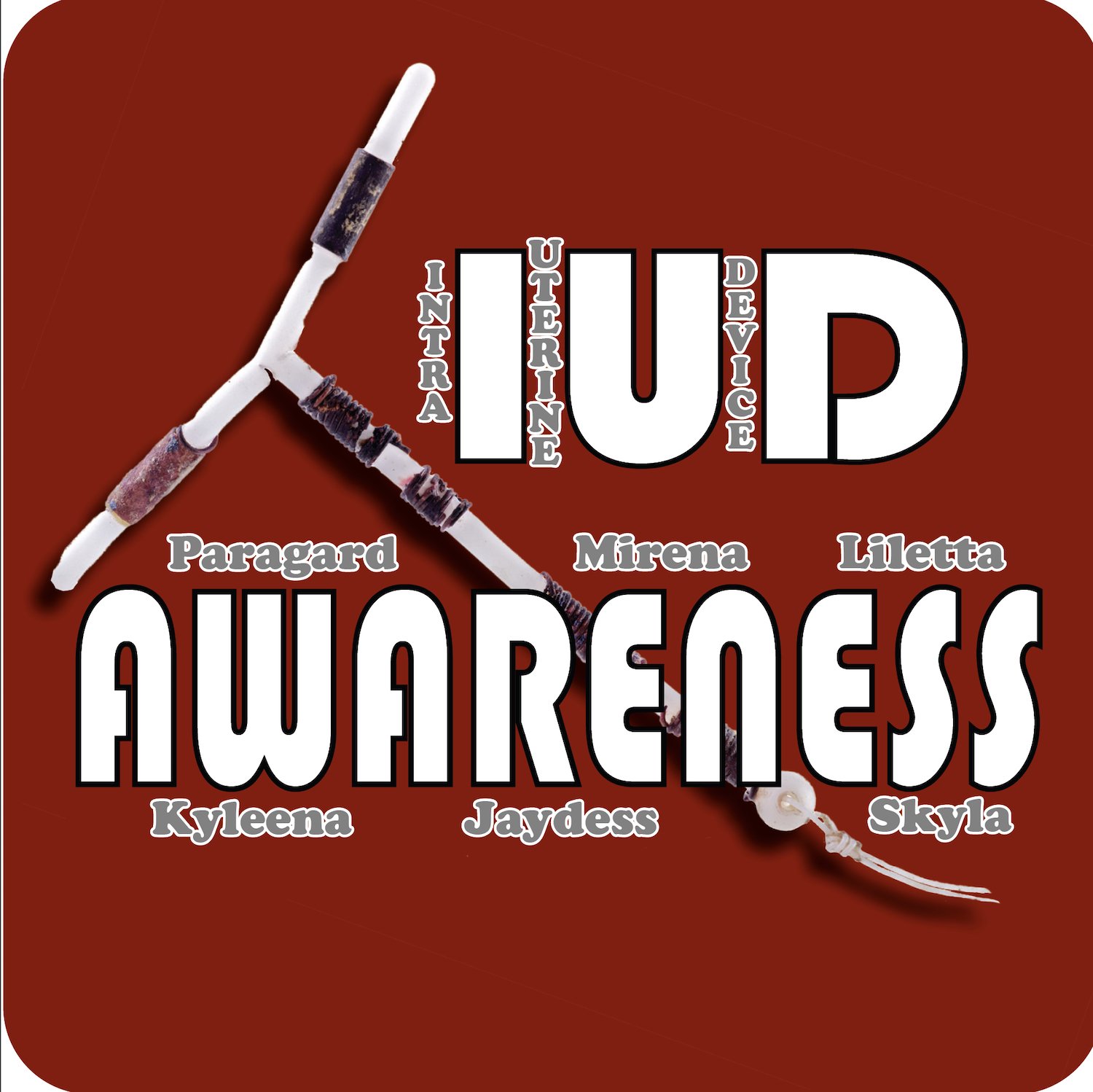Some adverse effects of copper-IUD
/Cullberg G, Larsson B.
AOGS: Acta Obstetrícia Gynecologica Scandinavica Journal
1979
“Retracted and detached strings were observed somewhat more often in women wearing Cu-7-IUD's. The number of such cases was, however, not large enough to warrant a statistical comparison.”
Excerpts from ABSTRACT:
Perforations and extraction problems in some 30 700 women wearing a copper intrauterine device (Cu-IUD), either a Cu-7 or Cu-T have been studied. Perforations were very rare. Judging from the literature and the present investigation, in cases of perforation the Cu-7-IUD has a tendency to penetrate the uterine wall and the Cu-T-IUD the cervical wall. Retracted and detached strings were observed somewhat more often in women wearing Cu-7-IUD's. The number of such cases was, however, not large enough to warrant a statistical comparison. The cause of retention, investigative procedures and recommendations in the removal of lodged Cu-IUD's are discussed.
PIP:
A retrospective study of 30,700 women with Cu-IUD (Copper-IUD; Cu-7 and Cu-T) in Gothenburg revealed an equally low perforation rate for both types of IUD, with the perforation associated with Cu-7 occurring mostly in the uterine wall, and those of Cu-T IUDs in the cervical wall. The differences in sites of perforation was attributed to differences in shapes of the 2 devices. Frequency of retracted and detached strings was higher (but not significant) among women on Cu-7 IUDs. One incident of IUD fractured removal was observed on a Cu-7 IUD patient; another patient on Cu-T IUD had fractured copper wire but was easily removed. Recommendations for managing lodged IUDs include fastening the string not too firmly to prevent laceration of cervix during IUD removal, ensuring that the length of string corresponds to the depth of vagina, performing hysterography in cases of obstructions of string, and dilatation of cervical os to free the lodged IUD. The low rate of major complications in a series consisting of large number of insertions and removals suggests the feasibility of Copper T devices as a contraceptive measure.
Read Entire Abstract at PubMed
AOGS: Acta Obstetrícia Gynecologica Scandinavica Journal
Official publication of the Nordic Federation of Societies of Obstetrics and Gynecology
- 2018
- Abdominal Pain
- Abnormal Bleeding
- Access
- Allergies
- Anaphylaxis
- Anxiety & Depression
- Auto-immune Disease
- Back Pain
- Bacterial Vaginosis (BV)
- Bleeding
- blood clots
- Brain Fog
- Brain Swelling
- breast cancer
- Breastfeeding
- Cancer
- cervical cancer
- Choice
- Choking
- Coercion
- Copper 7
- Copper T
- Copper Toxicity
- Cost
- Difficulty Swallowing
- Digestive Issues
- Discharge
- Early Removal
- eczema
- Endometrial Cancer
- Expulsion
- Fatigue
- Fear
- Fertility
- Gene Mutation
- Gravigard
- hair loss
- Headache & Migraine
- Heart Palpitations
- High Blood Pressure
- HIV
- Improvement after Removal
- Increase in Use
- Inflammation
- Informed Consent
- Internet Forums
- Intolerences
- Irritability & Mood Changes
- Jaydess
- Kyleena
- Lung Cancer
- Menopausal Symptoms
- Migration
- Mirena
- Missing Strings
- MRI
- Muscle Pains & Aches
- Non-Use
- osteoporosis
- Ovarian Cancer
- Pain
- Pancreatic Cancer
- Paragard
- Paranoia
- Pelvic Pain
- Perforation
- PID & Infections
- Placement
- PMDD
- Post-Abortion
- Postpartum Insertion
- pregnancy
- Prostaglandins
- Rashes
- Reproductive Justice
- Rheumatoid Arthritis (RA)
- Self Removal
- Sex Life
- sexual dysfunction
- Shortness of Breath
- Skin Problems & Jaundice
- Skyla
- STI Risk
- Stroke & Heart Attack
- suicide
- Surgical Removal
- Tubal Ligation
- Vertigo & Dizziness
- Weight Gain








